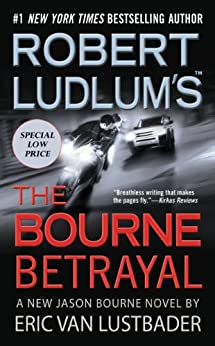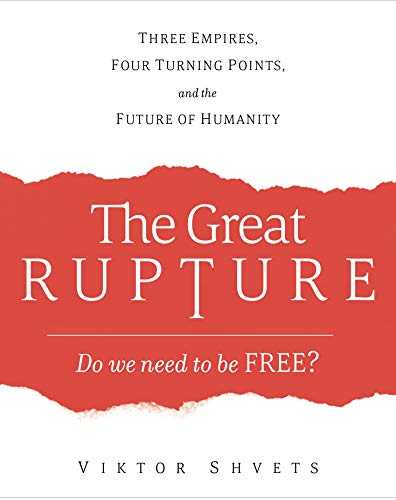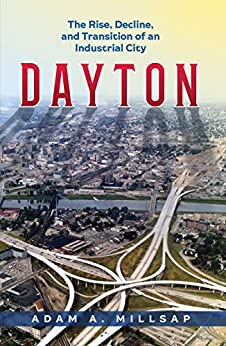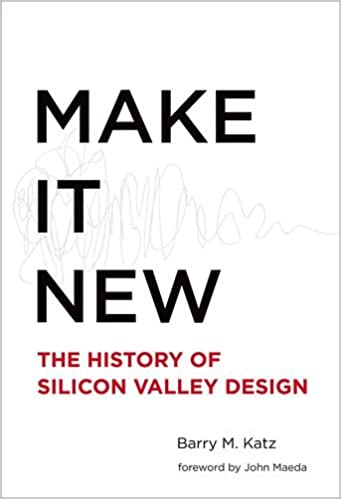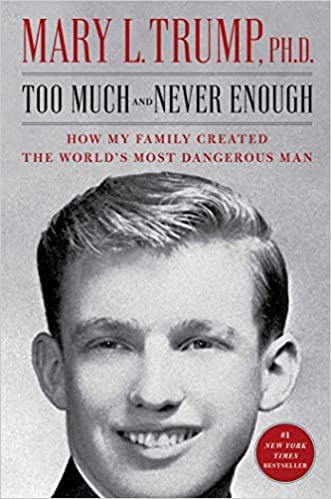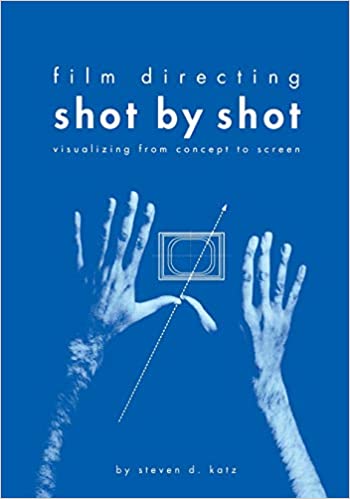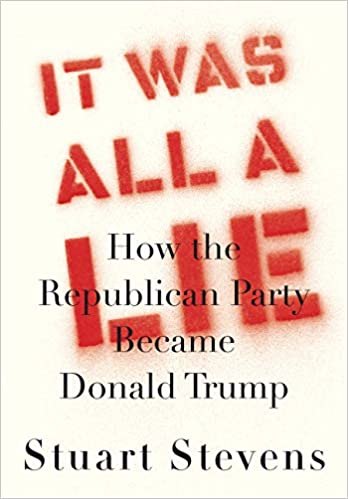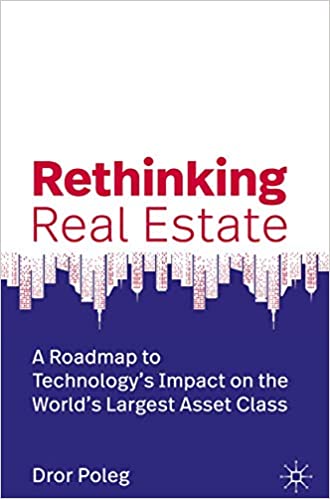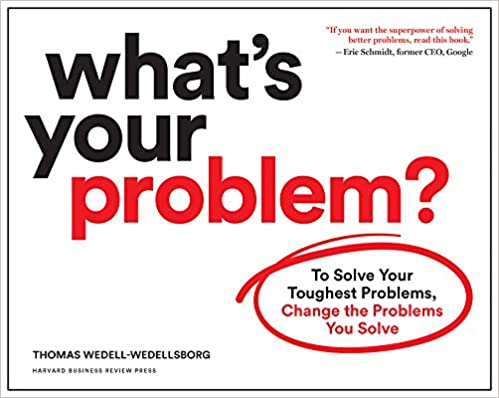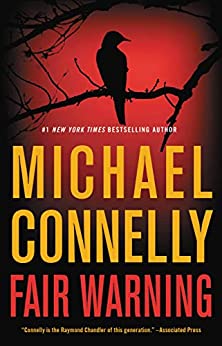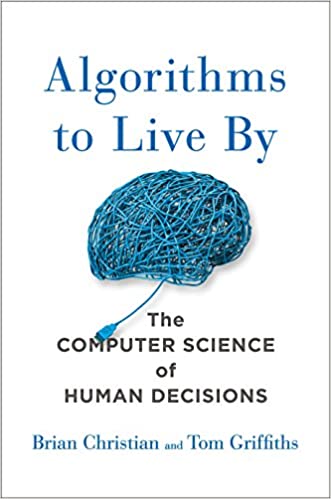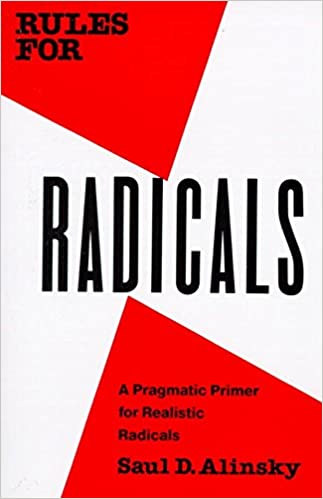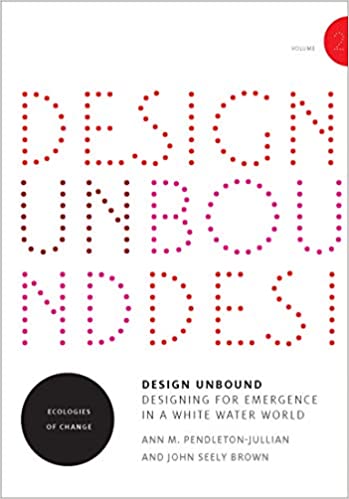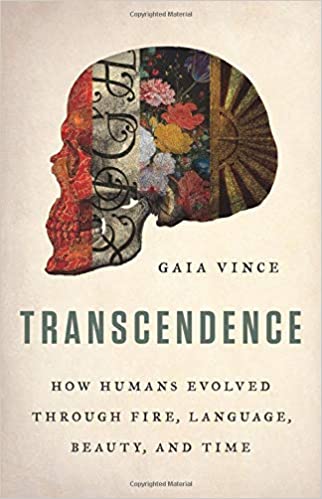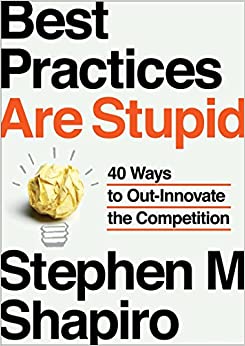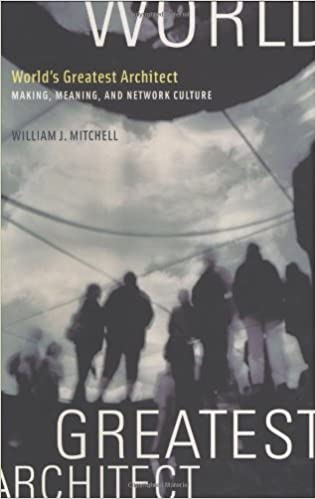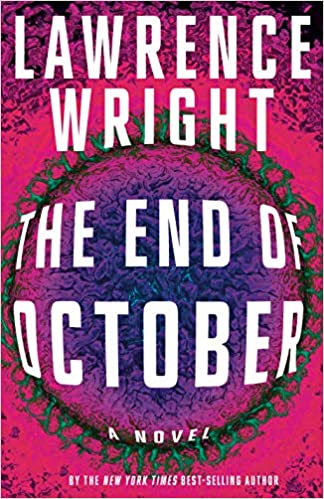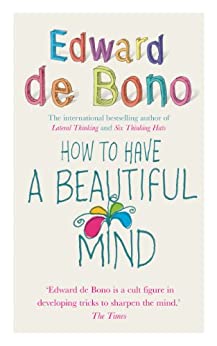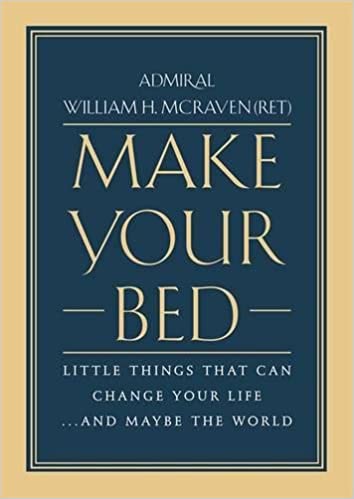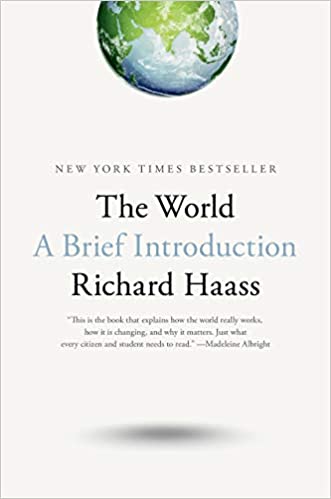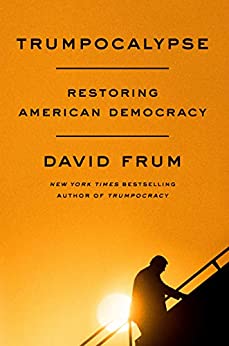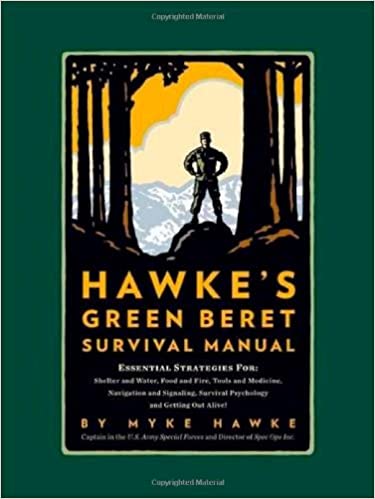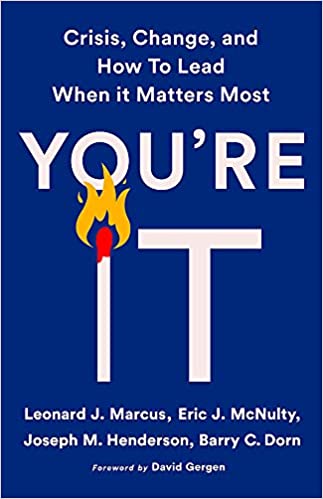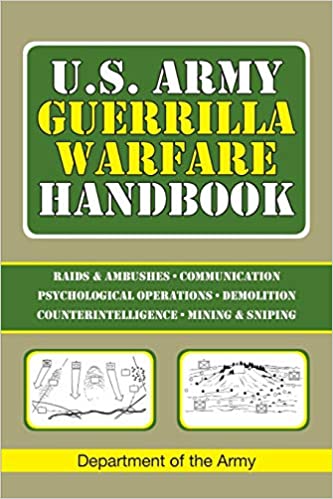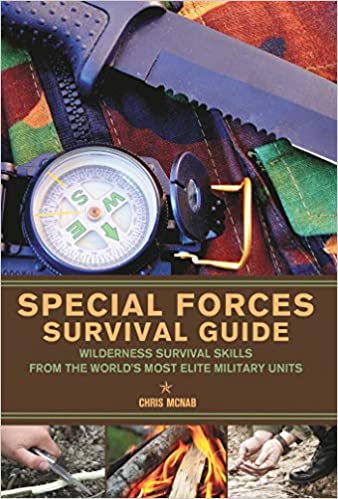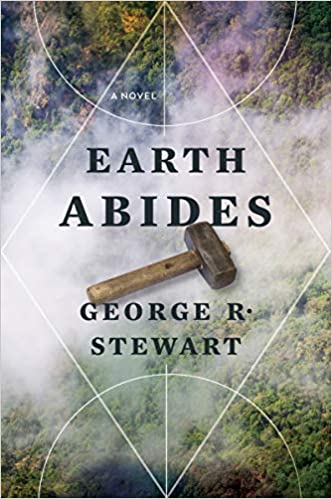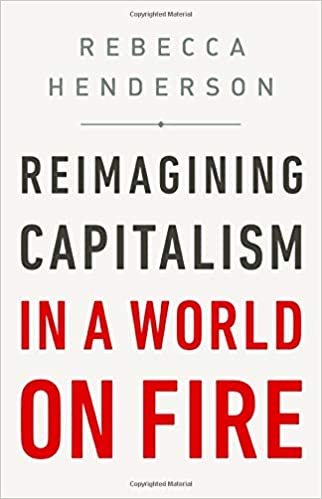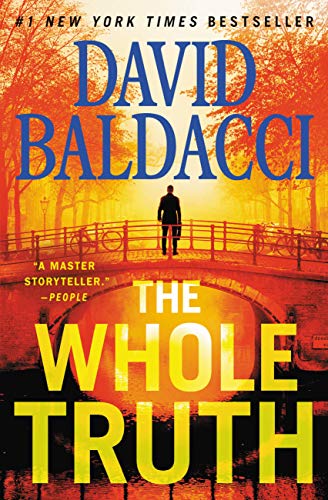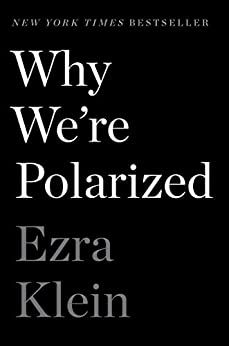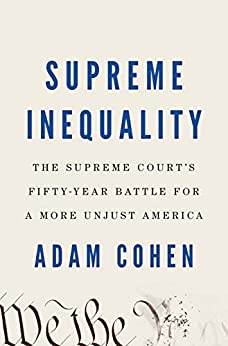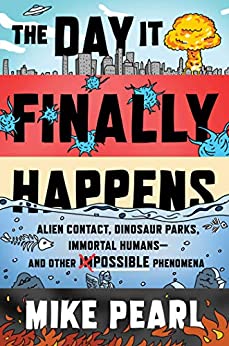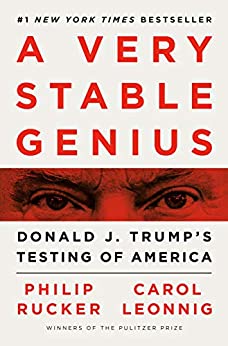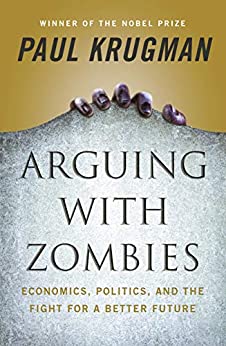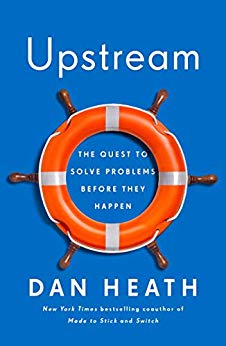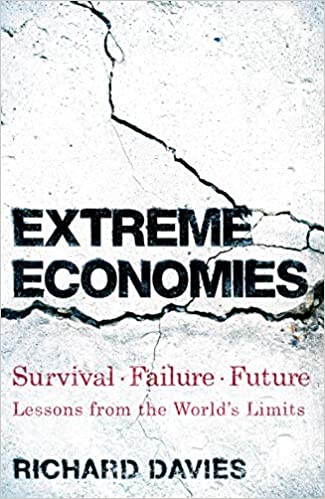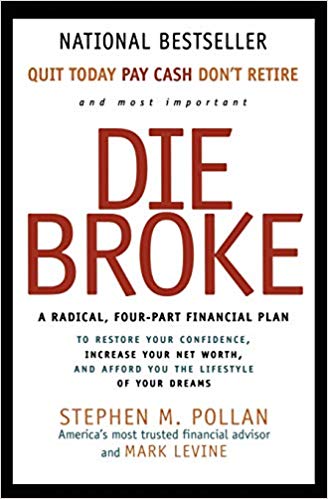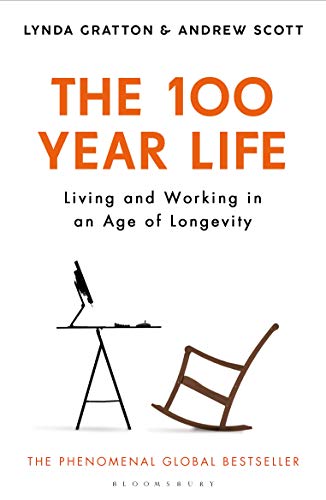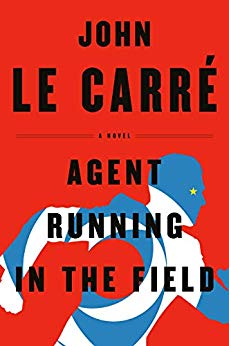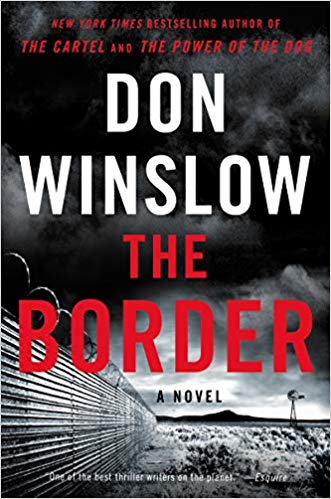When More is Not Better: Overcoming America's Obsession with Economic Efficiency
Reviewed December 31 by Jon. I know Roger and have read much of his work. I've been concerned for a while about American capitalism's singular focus on "shareholder value" which - as Roger argues - translates into a focus on efficiency - at the expense of other things - such as resilience - a point brought into focus by 2020. Roger asserts that we see the world as a normal or Gaussian distribution whereas a singular focus on efficiency drives systems toward a Pareto distribution - which results in a winner-take-all economy. I thought this was an interesting insight - and seems to match reality. Roger says that the singular focus on efficiency is at the root of our challenges. His view is quite similar to that espoused in the Kennedy School course on Leadership for the 21st Century that I took in 2019 and in Leadership on the Line in that we need to view our challenges as complex adaptive systems rather than one-shot, short-term technical fixes. Roger asserts, as did the course, that we need a learning leadership style to move complex adaptive systems. In contrast to other books about similar topics, Roger goes beyond description and spends over half of the book on prescription - what leaders, educators, politicians, and citizens can do. Overall, I liked this book It is very much in line with my evolving beliefs on the economy and capitalism. It was not complete and did not have any silver bullets but it did add to my undertanding and mental models of what is happening and how to address it. This is exactly what Roger espouses - getting away from rigid ideological models and learning through experimentation and adaptation.
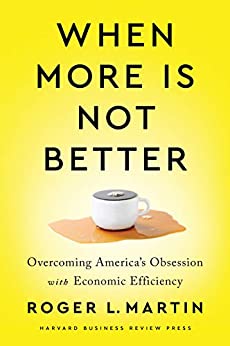 Purchase When More is Not Better from Amazon.com
Purchase When More is Not Better from Amazon.com
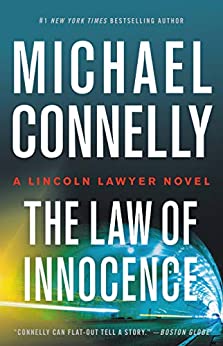

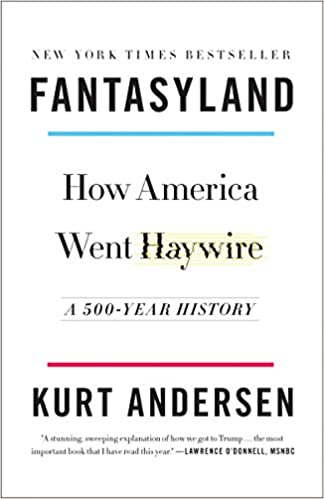
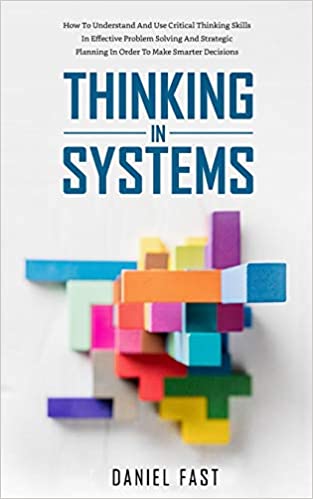
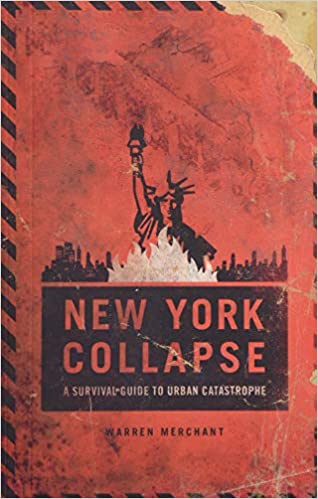
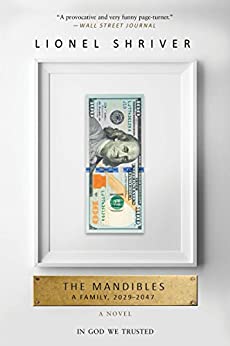
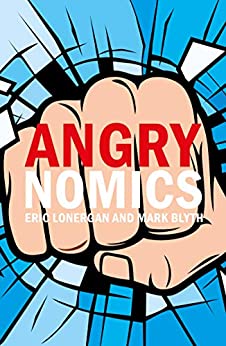
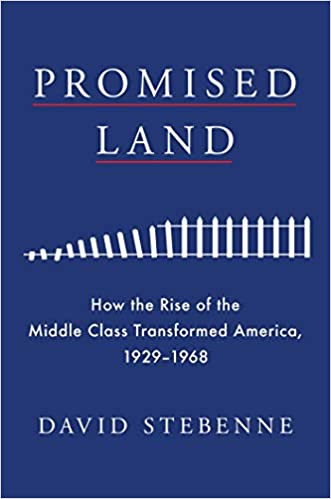
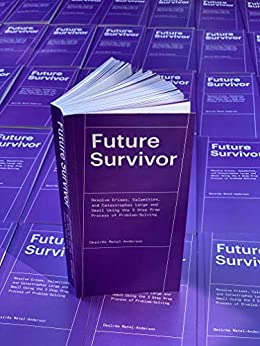


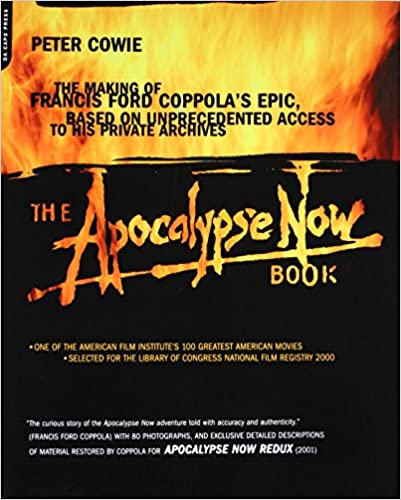
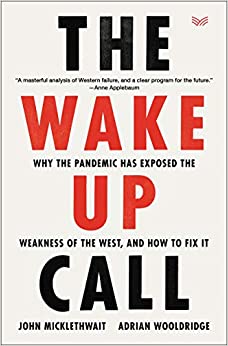
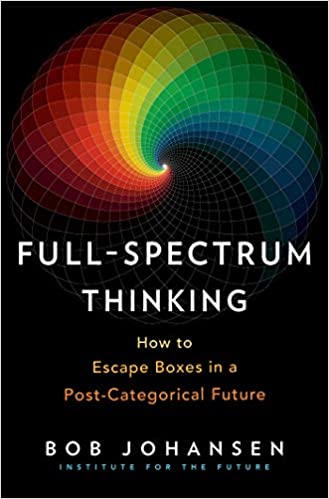
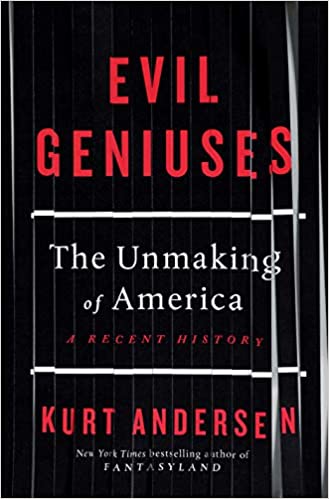
 The Bourne Betrayal: A New Jason Bourne Novel
The Bourne Betrayal: A New Jason Bourne Novel